A promising alternative to central heating: infrared heating of various types
You are viewing the section Infrared, located in the large section Heaters.
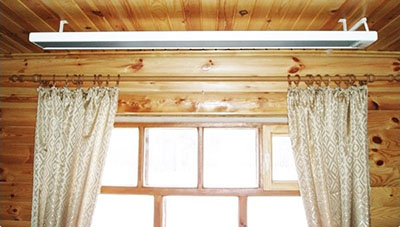
Electric appliances and a central heating system are used to heat the premises.
Infrared heating serves as an alternative heat source.
IR devices quite expensive, but their use is justified in case of long-term operation.
Content
What is electric infrared heating with energy saving technology?
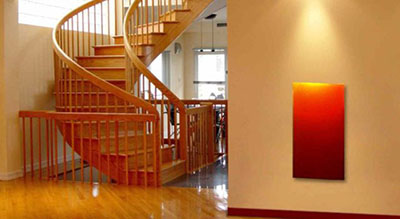
An infrared heater is a heating device that gives off heat to the surrounding space by means of IR radiation.
The main structural element of the IR heater is infrared heater (TEN or open spiral). Using IR devices with energy-saving technology saves money, since conventional electric emitters use heat to heat not only bodies, but also air.
The heater is connected to the power grid, when electric current passes through the heating element, IR rays are emitted. When infrared rays pass through objects, the energy is converted into heat, which is then released into the surrounding space. Often, devices are equipped with reflectors for directional heating.
Attention! If the IR device is installed in violation of the operating rules, it may harm your health.
Pros and cons
Advantages of IR systems:
- The infrared heater heats objects and people in the room well., but it practically does not heat the air. Therefore, a large amount of electricity is not used for operation.
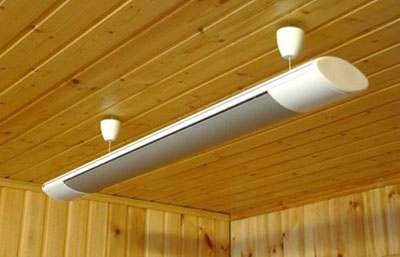
- The devices require almost no preventive maintenance., and the service life is 20–50 years.
- If the device is covered with a protective metal mesh, then there is no possibility of getting an accidental injury or burn.
- No heat flows are created during operation, which blow dust from one room to another.
- Low noise level during operation.
- Compact and light weight, making it quite easy to transport or move the devices.
Cons:
- Not all devices will fit into the interior of the room. For example, ceiling-mounted devices do not go well with a classic interior, but go well with minimalism and high-tech style.
- Installation of some heaters (for example, plasterboard with an IR heater) requires preliminary repair work.
- Overheating of the room may occur if heat exchange is not calculated correctly. To avoid this, it is recommended to buy not one powerful heater, but several small ones, then in case of overheating it will be possible to turn off one of them.
Electricity consumption

Infrared heaters are widely used in everyday life. They are installed in houses and apartments, in warehouses, in workshops, in stadiums, in theaters and concert halls, in office premises, and so on.
IR heaters are economical because during operation there are no additional costs to heat the air in the room.
For example:
- To heat a room of 20 square meters with an average level of thermal insulation using a standard electric heater, it takes about 2.5–3 kW of consumed energy.
- To heat the same room using an IR heater it takes about 1 kW.
Types and types of modular infrared heating
There are many different IR heating devices on the market. They all work on the same principle, but The design may vary. Design differences help to solve a particular engineering problem in the best possible way.
Spot IR heaters
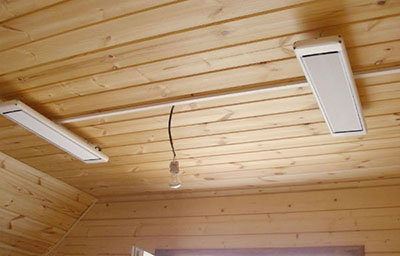
They look similar in appearance regular lamps.
They are attached to the wall using a bracket or placed on the floor.
Very often used as interior element.
To heat large rooms, it is recommended to purchase several small, medium-power spot heaters, installing them in different corners of the room.
Reference! The main disadvantage is relatively high price devices of this type, but in case of long-term use these costs pay off.
Film Plan
They are a wide film into which thin IR heating elements are woven. The film is mounted under the floor, on the walls and on the ceiling. The film does not affect the operation of the equipment, and the room heats up evenly.
In addition, IR film Plen is often cut into small mats for local heating, which are placed in the bathroom, at the entrance, etc. Infrared film completely safe, from the point of view of fire hazard, so it can be installed under a wooden floor.
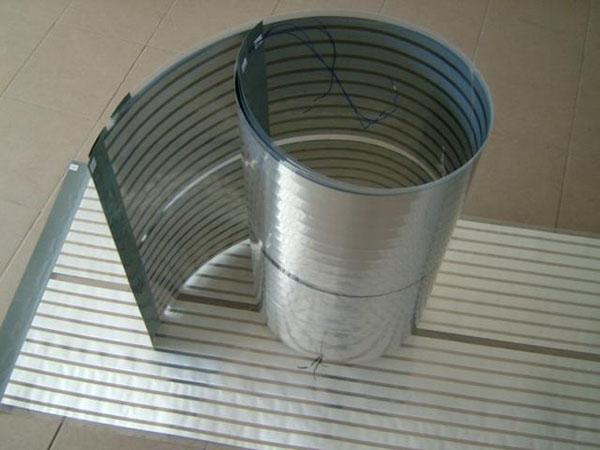
Photo 1. Infrared film with woven heating elements, mounted under the floor in the bathroom, hallway.
Heating plasterboard
It looks like plasterboard, on the back side of which are placed conductive carbon fibers, emitting powerful infrared radiation when current passes through. The threads are insulated with special polymer films and reflectors for optimal radiation. Heating plasterboard panels are used in the same way as regular plasterboard (for example, for creating wall cladding).
Ceiling panels
They are flat panels of small thickness, which are placed in a metal case, and they are attached to the ceiling. Ceiling panels are quite difficult to damage (however, if water leaks in a room located on the floor above, It is recommended to turn off the device).
Ceiling IR panels are considered the optimal method of heating rooms, since they do not take up useful space (whereas, for example, for IR lamps you need to find a place to install them). Ceiling radiators are used in the office, at home, in a warehouse, etc.
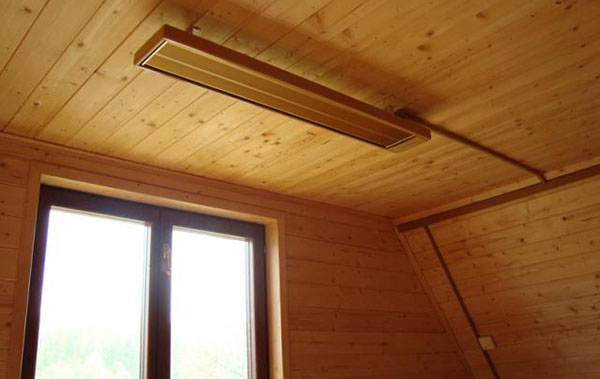
Photo 2. Infrared ceiling heaters, flat, in a metal case, do not take up space in the room.
Wall mounted
Wall-mounted IR panels are similar in their technical and operational characteristics to ceiling or floor-mounted ones. However, wall-mounted devices are, on average, weaker than others, since heated air always tends to rise, which generally reduces the efficiency of the heater.
You can always increase the power, but this will lead to additional electricity costsTherefore, it is recommended to install wall panels as an additional heat source for heating cold areas.
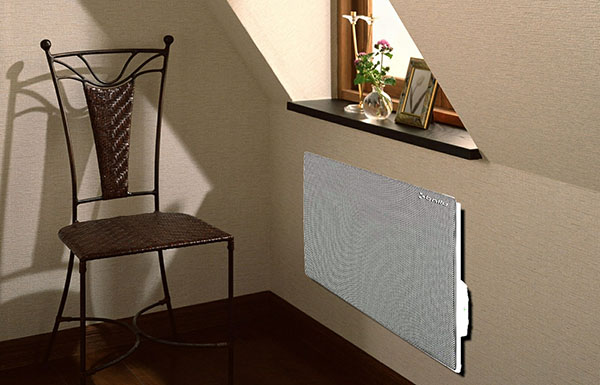
Photo 3. Wall-mounted UV panels mounted in a room under a window are suitable as an additional source of heat.
Gas radiators
Gas heaters emit infrared rays, which are produced as a result of combustion of an air-gas mixture, located inside the device. Devices of this type are very powerful, and in some cases, due to their high power, It is contraindicated to use for home heating.
Engineers recommend installing devices of this type for heating large spaces (factory premises, indoor sports grounds, retail premises, etc.).
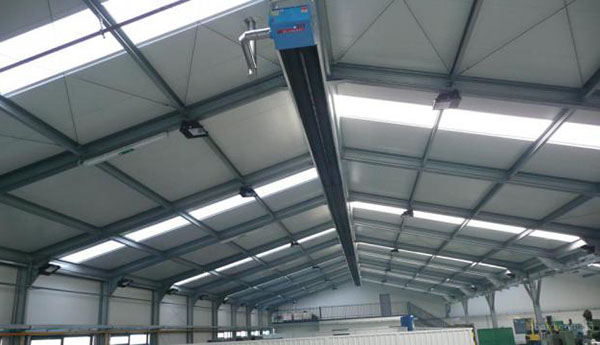
Photo 4. Gas infrared panels in a large room have high power, so they are not used in the home.
UV emitters for ceiling with water coolant
They are complex closed devices, in which infrared rays heat water, which is then fed into pipes as a heat carrier. Such systems are used in industry, and installation in private homes not justified for economic reasons (since it is faster and cheaper to install a simpler device).
IR system for underfloor heating
They are modular plates or films that are placed under the wooden parquet. The heated coating is non-flammable and completely safe from a fire point of view. It is recommended to use both auxiliary power supply. For example, you can install floor plates and an IR lamp - in this case, the plates will heat the floor, and the lamp will heat the walls and objects in the room.
Power calculation
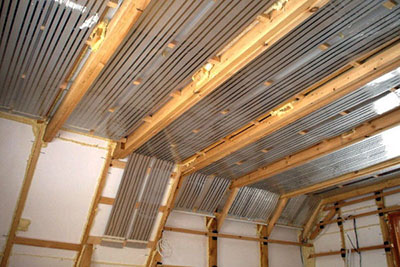
To buy a device with optimal power, the thermal regime of the apartment is calculated. For this, the following formula is used: CT = (OP x RT x PC) / 860. Decoding the formula:
- CT — the amount of heat.
- OP — volume of the room. If there are several rooms, then the volume of each is first calculated separately, and then the results are summed up.
- PT - temperature difference. Let's say, It's -5°C outside, but I want to get it indoors +15 °C - to find RT, you need subtract –5 °C from +15 °C. We get: 15 – (–5) = 20.
- PC - correction factor, the size of which varies depending on the type of walls. If the walls are wooden, then it will be equal to 4, if standard brickwork is used in one layer - 3, in two layers - 2, concrete heat-saving slabs - 1, improved heat-saving systems - 0.5.
- 860 - special correction factor, by which the result is divided to convert units of measurement into kilowatts.
Attention! This formula is approximate. For a more accurate calculation, it is recommended to seek help to a qualified specialist.
Useful video
From the video you can learn about the characteristics, advantages and disadvantages of infrared heating PLEN.
Potential of IR heating in the house
Infrared heating systems are new products on the Russian heating equipment market. This market segment is constantly growing, since IR systems have great economic potential. IR systems are expensive, but they are more efficient and easier to operate than electric or gas appliances. The only worthy competitor to IR devices is central heating, but it is not present in all houses, and connecting to it is expensive.




Comments